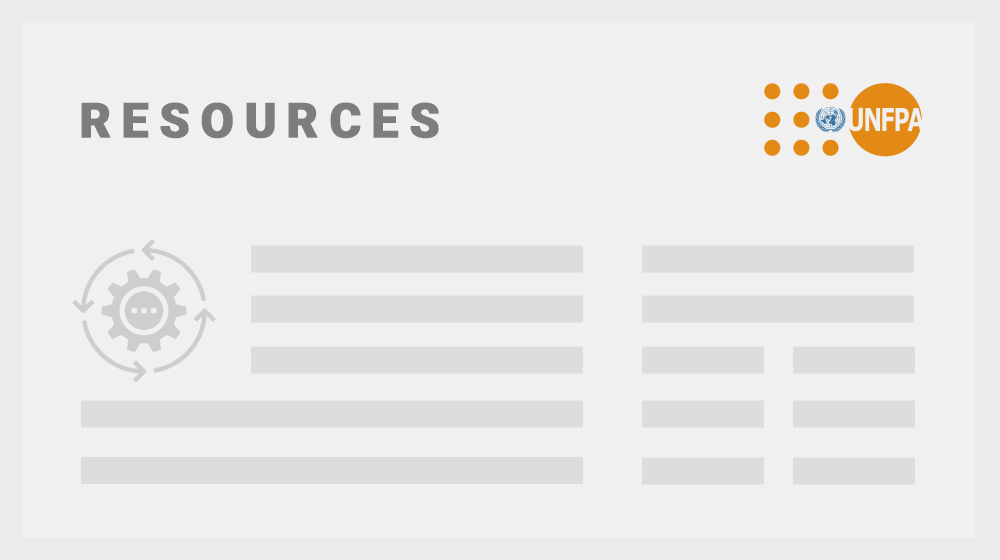Yemen
After nine years of war, Yemen remains one of the world’s worst humanitarian crises. More than half of the country’s population – around 18.2 million people – require some form of humanitarian assistance. The country is also facing one of the most severe hunger crises globally, with more than half of the population struggling to access food. In 2024, an estimated 2.7 million pregnant and breastfeeding women need treatment for acute malnutrition.
Conflict, a declining economy, climate shocks and the collapse of services have left women and girls without access to reproductive health and protection services. Every two hours a woman dies during pregnancy, childbirth and its aftermath from causes that are largely preventable with access to skilled care – only one out of five functioning health facilities offers maternal and child health services.
Violence against women and girls has worsened, with displaced women and girls, female-headed households and those with disabilities particularly at risk. As poverty and hunger increase, girls become more vulnerable to child marriage, human trafficking and child labour.
Since late July, exceptionally heavy seasonal rains have caused widespread damage and displacement across the country, affecting around half a million people, and worsening the already dire humanitarian crisis.
UNFPA is the sole provider of life-saving reproductive health medicines in Yemen, and leads the coordination and provision of women’s reproductive health and protection services across the country. This includes supporting emergency obstetric and maternal health care at 121 health facilities and providing services to prevent and respond to gender-based violence through 37 safe spaces, eight shelters and seven specialized mental health centres.
UNFPA also leads the rapid response mechanism, in partnership with the World Food Programme and UNICEF, providing emergency relief to newly displaced people. Within 72 hours of the recent floods, more than 400,000 people had received ready-to-eat food rations, hygiene and women’s sanitary items.
Updated on 12 November 2024


